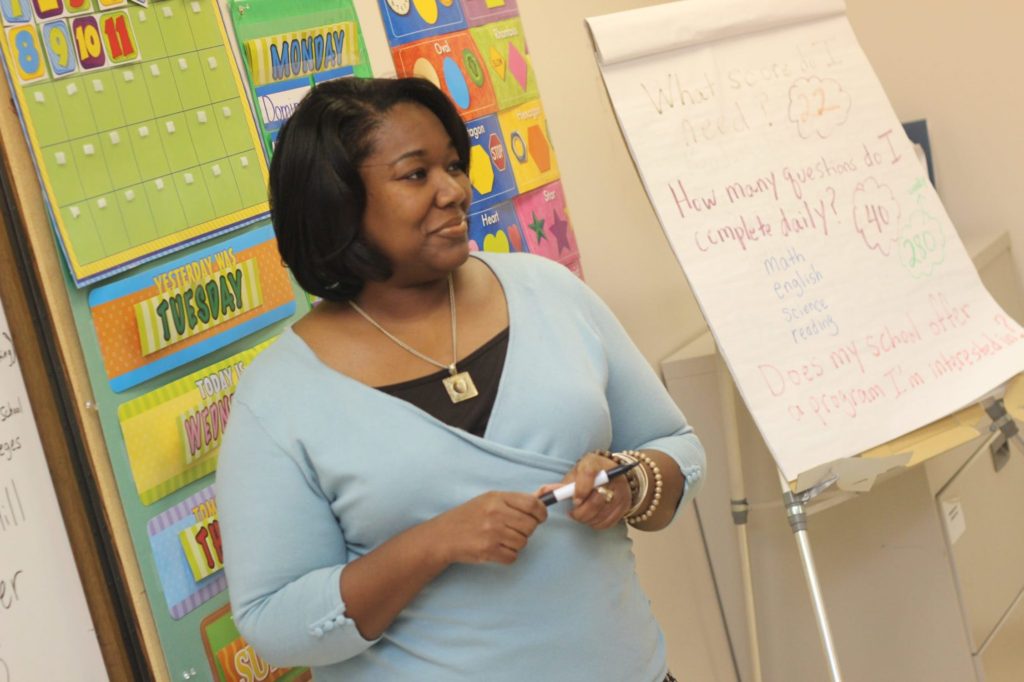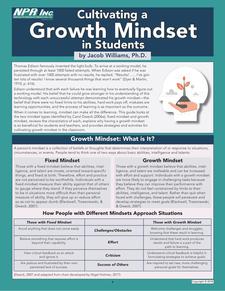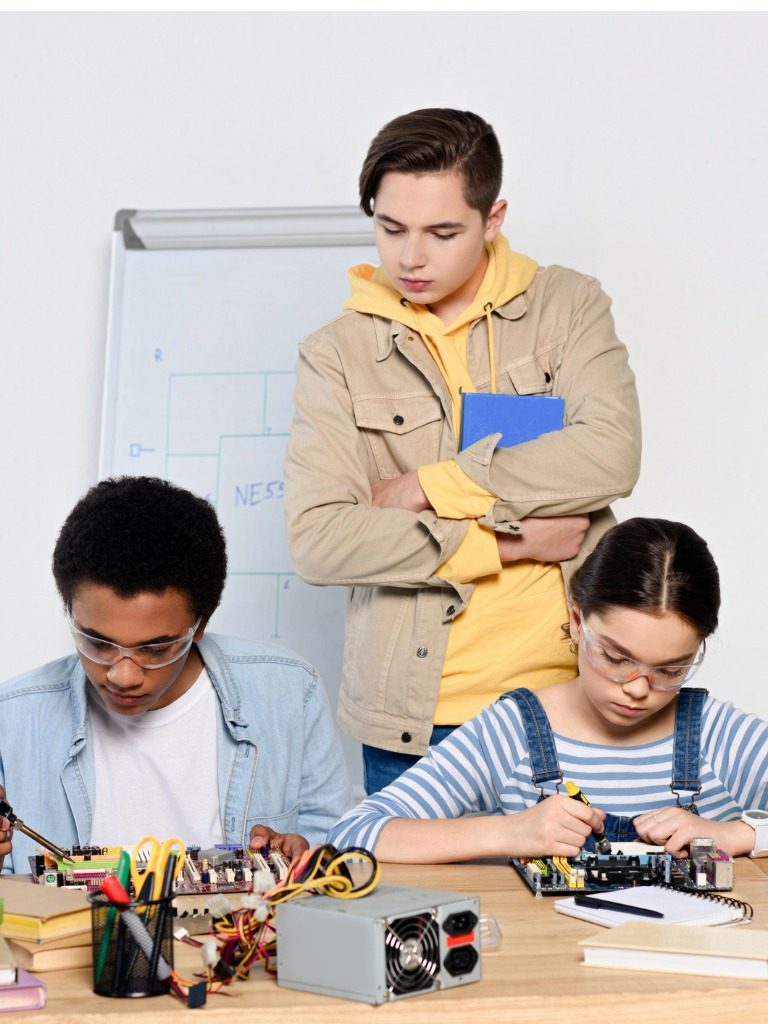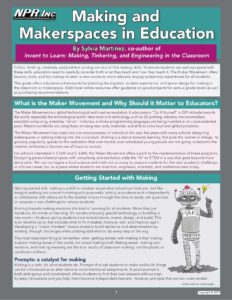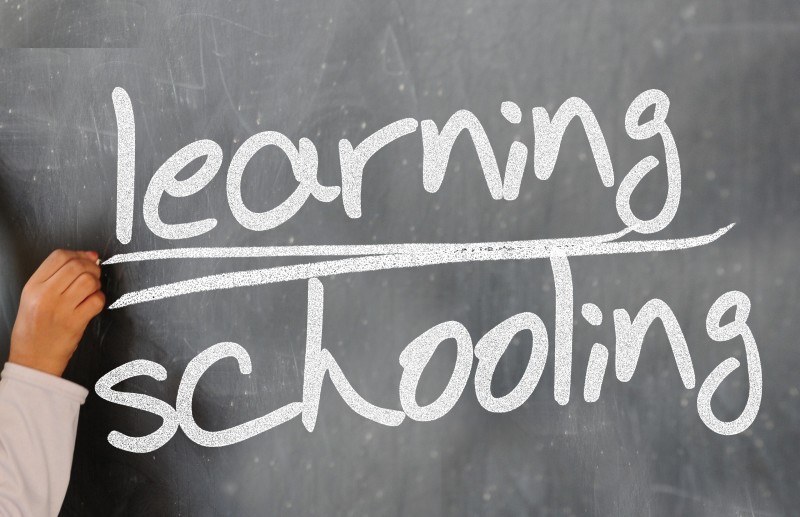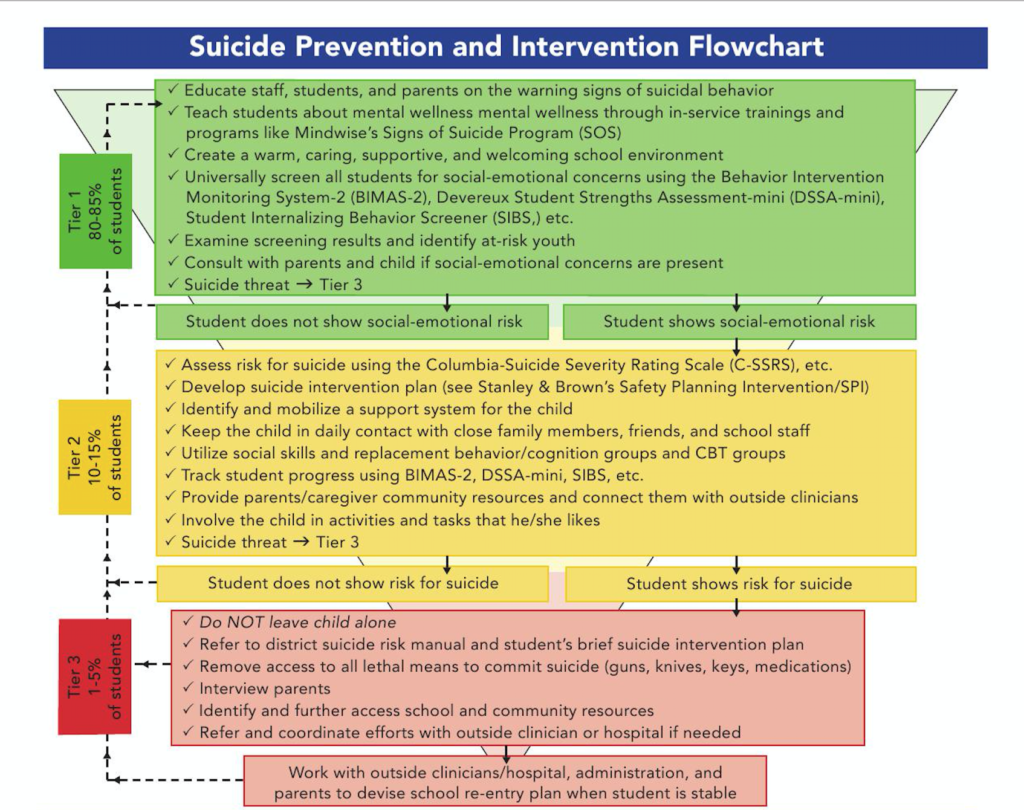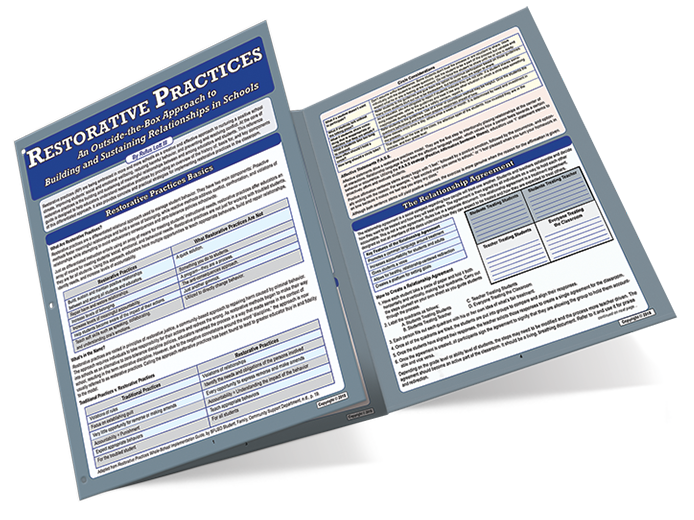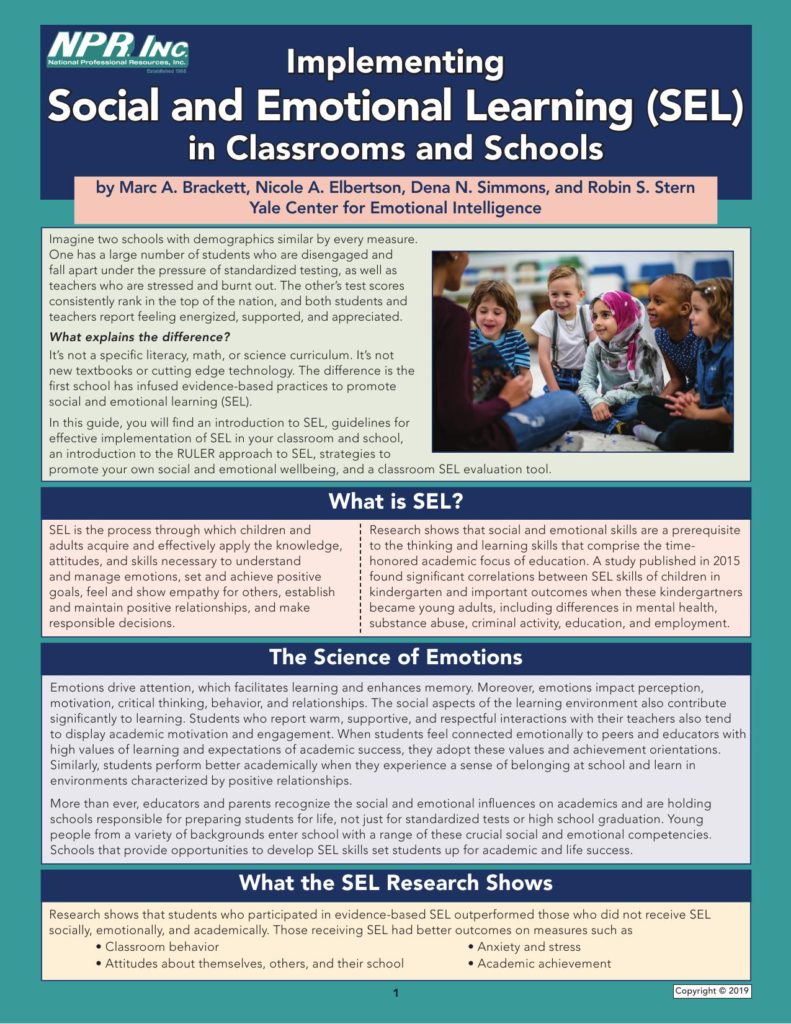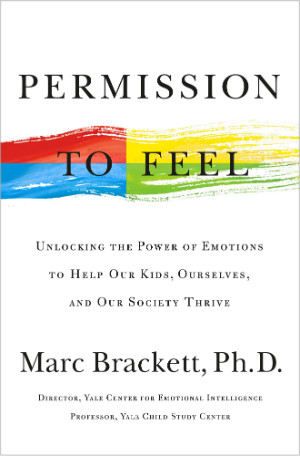As an educator, you spend a lot of time planning lessons to impart subject matter effectively. However, the manner of your delivery and the climate of your classroom impacts achievement more than the best lecture. When students feel comfortable, they learn more effectively.
You, as a teacher, need to cultivate emotional intelligence (EI) in both yourself and your pupils. How can you develop this invaluable skill? Is it possible to impart EI behaviors to your students?
What Is Emotional Intelligence?
EI centers around the ability to introspect, reflect and manage feelings. It involves key components of social and emotional learning that educators should embrace, including:
- Emotional literacy: Consider how you react to stress or chaos. Do you check in with your feelings, or react impulsively? How accurately can you recognize the emotions of others?
- Managing emotions: Are you aware of non-verbal communication? For example, you might wrinkle your nose in disgust when a student smells less-than-fresh. Instead, check your body language and help them with hygiene tips.
- Developing empathy: Students often act out due to physical or emotional distress. Before disciplining an unruly child, do you consider whether they’re hungry or dealing with stress at home?
- Intrinsic motivation: How do you discuss events like professional development around students? Do you laud the opportunity to expand your skills, or grumble about the requirements?
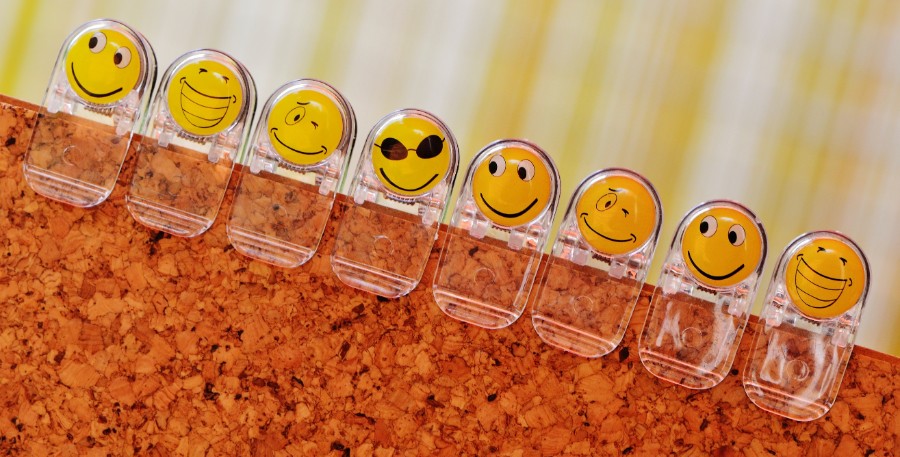
Cultivating EI as an Educator
EI enables you to create a positive classroom atmosphere conducive to learning. It encourages academic success by creating a safe space where students can make mistakes without fear of ridicule– where they all have permission to feel. Studies show emotional intelligence has a profound effect on a person’s ability to create rewarding, collaborative experiences.
To cultivate this trait, begin with self-awareness. Identify your strengths and weaknesses in the classroom. Perhaps you excel at working with gifted students, but struggle when working with the developmentally disabled. Acknowledging opportunities to grow encourages you to collaborate with peers.
Keep a journal and write a summary at the end of each day. What did you do well? Where do you feel you could improve? As you ask yourself these questions, consider the students you interacted with. How could you connect with them more meaningfully? If you feel you sent the wrong non-verbal message, how can you manage your expressions to promote encouragement?
Embrace opportunities for professional development. Seek out and enroll in courses in cultivating EI. Suggest devoting in-service time to activities that build self-awareness and emotional management.
Teaching EI in the Classroom
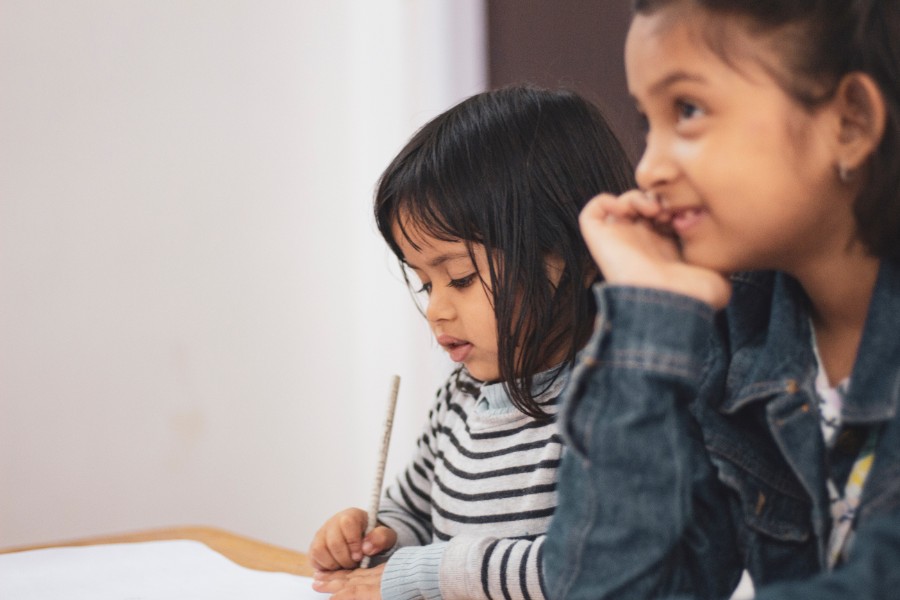
Implementing social and emotional learning, which includes emotional intelligence, in your classroom improves classroom management and helps learners take ownership of their education. Cultivating this trait starts with raising self-awareness and empathy through engaging activities.
Create a Vocabulary
Students sometimes misbehave out of frustration because they can’t accurately identify how they feel. Create a game where students write down as many emotions as they can think of starting with each letter of the alphabet. Then, assign students to small groups and give each a feeling to explore. Ask them to design a collage on how to manage that feeling healthily. For example, if you’re angry, you can go for a walk or write furiously in a notebook.
The Mood Meter, developed by The Yale Center for Emotional Intelligence, provides a “language” through which students can recognize emotions and talk about their feelings.
Encourage Empathy
When selecting novels for language arts, focus on works where the protagonists overcome socially challenging situations using EI. Do you teach math? Draft word problems featuring inclusive scenarios. For example, say Alex has $200. She needs a new leg brace that costs $150. How much does she have left?
Teach Non-Verbal Cues
People say as much with body cues as they do with words. Have children mimic the expressions and postures that accompany certain emotions. This exercise helps them to recognize these feelings in others.
Once students learn how to identify and respond to their feelings appropriately, classroom management becomes natural. You can tell a student they seem frustrated, then ask what you can do together to ease the feeling. Students learn it’s okay to recognize and validate emotions. However, they must work through them appropriately. This atmosphere allows students to feel safe expressing themselves. They can also take ownership of their behavior.
EI Creates a Positive Learning Environment
Exercising EI as an educator and imparting it to your students elevates the education experience. When students feel validated and learn how to manage emotions, they can focus on academic success.
You may wish to consider a comprehensive program such as The RULER Approach, by the Yale Center for Emotional Intelligence. This approach teaches people of all ages how to develop their emotional intelligence. Print resources, such as Marc Brackett’s books Creating Emotionally Literate Classrooms and his newly released Permission to Feel are available on our website, along with his laminated guide Implementing Social and Emotional Learning in Classrooms and Schools.
Additional resources on social and emotional learning can be found at CASEL.org.
About the Author
Alyssa Abel is an education blogger with an interest in experiential learning, educator resources, early education and higher education. Follow her updates for students and educators alike on her website, Syllabusy.







